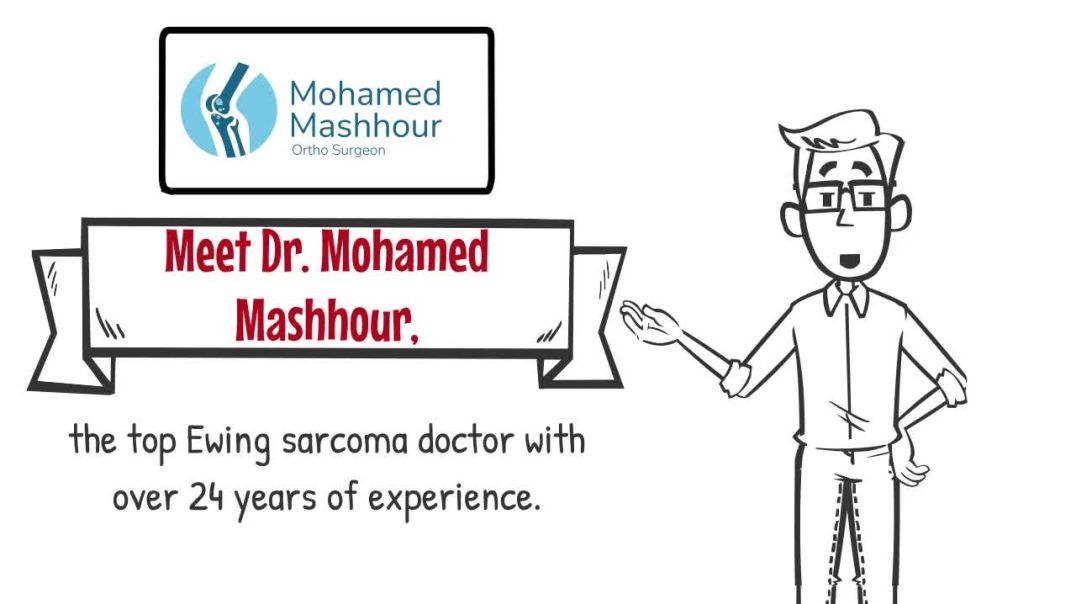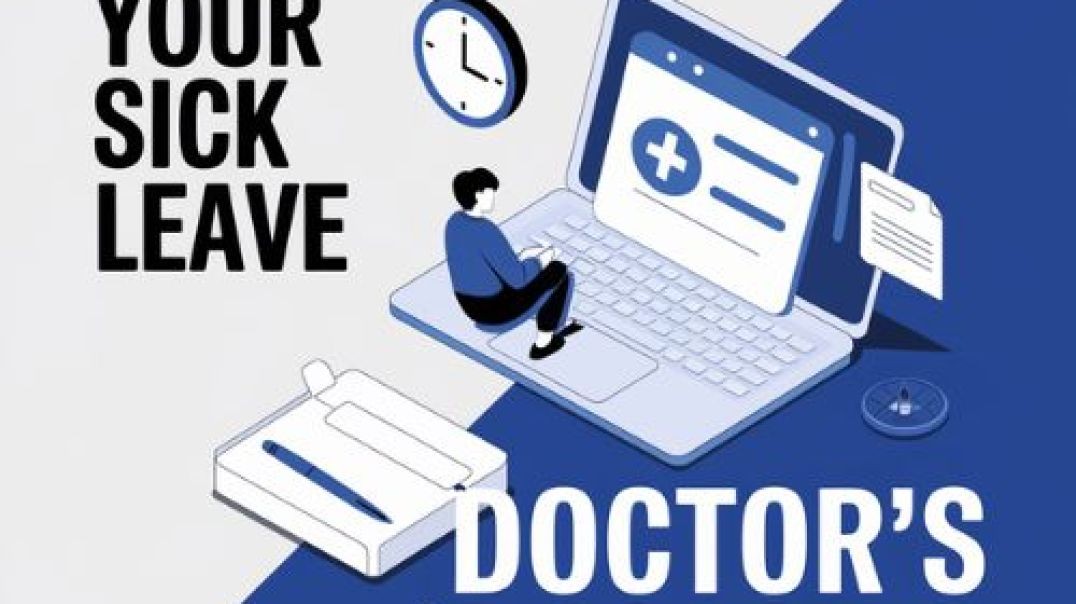2 Views· 07 June 2022
Dr. Eric Berg gets fact-checked by MD PhD doctor
Do Dr. Eric Berg's ideas on cholesterol, diet and health match the science? Dr. Eric Berg goes over his wife's cholesterol values. Here's a look at Dr. Eric Berg's views on cholesterol and heart disease.
We got a ton requests from you to comment on dr. eric berg going over his wife’s blood work.
Total cholesterol=not the best marker, but it associates with cardiovascular disease, with heart disease.
2018 American Heart Association Guidelines:
“optimal total cholesterol=about 150. populations with cholesterol in this range manifest low rates of atherosclerotic cardiovascular disease"
scientific advisory on dietary cholesterol: ‘no significant association with cardiovascular disease risk’. this is the science advisory on dietary cholesterol
dietary cholesterol= cholesterol in your food. Serum cholesterol=level in the blood, in our blood work.
He’s talking about serum cholesterol, total cholesterol= total cholesterol in your blood. but the link is on dietary cholesterol
total cholesterol associates with cardiovascular disease risk but there are better markers. LDL-cholesterol is better. nonHDL-cholesterol is even better. apoB is the best. Dietary cholesterol associates with cardiovascular disease in some studies, not others
Lipids travel in lipoproteins. cardiovascular disease (CVD) is about lipoproteins, but most public discourse focuses on lipids, the cholesterol, good/bad cholesterol, but its high lipoproteins that raise risk
lipoproteins=vehicle, cholesterol=passenger. apob=best metric. apoB measures vehicles. lipids, total cholesterol, LDL cholesterol etc measure passengers
sdLDL = harmful, large LDL = fine? high cholesterol ok as long as particles are large??
if 2 populations have same cholesterol, those with smaller particles tend to have higher risk. but for the same cholesterol People with smaller lipoproteins have more of them
Particle size could be the cause of risk or an innocent bystander
at a given level of LDL cholesterol, individuals with small LDL particles have higher risk. but at same LDL-cholesterol, the ones with smaller particles also have more particles
it is the number of LDL particles, not LDL size or the amount of cholesterol, that is the principal determinant of heart disease risk
association of LDL size with risk loses significance when adjusted for particle number, Apo B
apob measures particle number. particle size correlates with risk but after you remove apob, or particle number from the equation, particle size no longer predicts risk
1) statins, lower risk yet reduce large LDL
2) patients with familial hypercholesterolemia have mainly large LDLs, and are at high risk, indicating large LDLs are not benign
All ApoB lipoproteins under 70 nm in diameter, including VLDL remnants and LDLs, flux across endothelial barrier
all ApoB-containing lipoproteins, including VLDLs and their remnants as well as LDLs, have approximately the same effect on risk of cardiovascular disease per particle
the decrease in risk per VLDL decrease was the same as the decrease in risk per LDL decrease. Thus VLDL and LDL pose equal cardiovascular risk
LDL subclass measurement does not add independent info to LDL concentration (number of particles, apoB) along with standard risk factors (diabetes, smoking, BP, family history)
don’t know your apoB? LDL-c and HDL-c are rough estimates but they can be off. when in doubt get ur apoB
‘sdLDL is a marker of inflammation’. sdLDLs are markers diabetes, IR, obesity. they associate well with heart disease because they’re a marker for many issues
Replacing refined carbs (table sugar, candy, white bread, cookies, pizza etc) with unrefined carbohydrate from whole grains or unsaturated fats associated with lower CV risk
Connect with me:
Facebook: https://www.facebook.com/DrGilCarvalho/
Twitter: https://twitter.com/NutritionMadeS3
Animations: Even Topland @toplandmedia
References:
Dr. Berg's original video:
https://www.youtube.com/watch?v=8ipbkwzyO_8
AHA Guidelines:
https://www.ahajournals.org/do....i/10.1161/CIR.000000
other refs:
https://link.springer.com/arti....cle/10.1007/s11883-0
https://www.lipidjournal.com/a....rticle/S1933-2874(21
https://jamanetwork.com/journa....ls/jama/fullarticle/
https://academic.oup.com/jcem/....article/88/10/4525/2
https://www.ncbi.nlm.nih.gov/l....abs/pmc/articles/PMC
Disclaimer: The contents of this video are for informational purposes only and are not intended to be medical advice, diagnosis, or treatment, nor to replace medical care. The information presented herein is accurate and conforms to the available scientific evidence to the best of the author's knowledge as of the time of posting. Always seek the advice of your physician or other qualified health provider with any questions regarding any medical condition. Never disregard professional medical advice or delay seeking it because of information contained in Nutrition Made Simple!.
#NutritionMadeSimple #GilCarvalho



























0 Comments